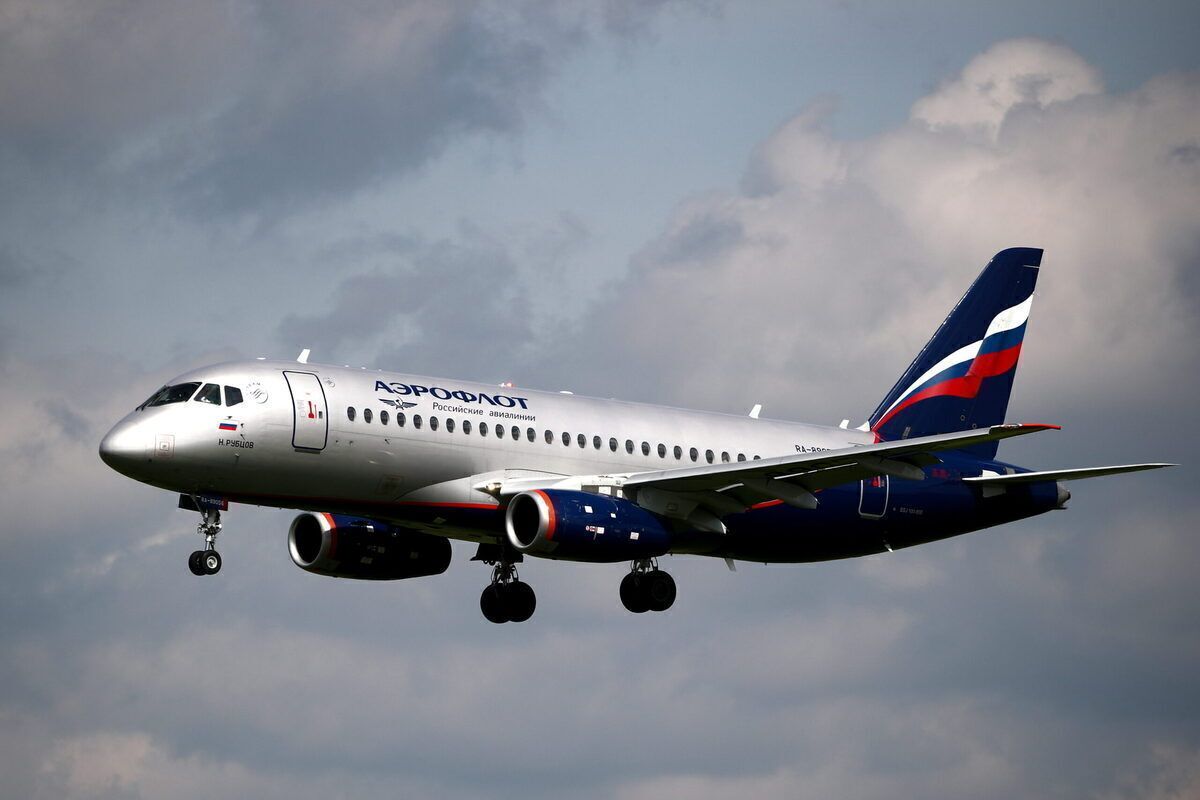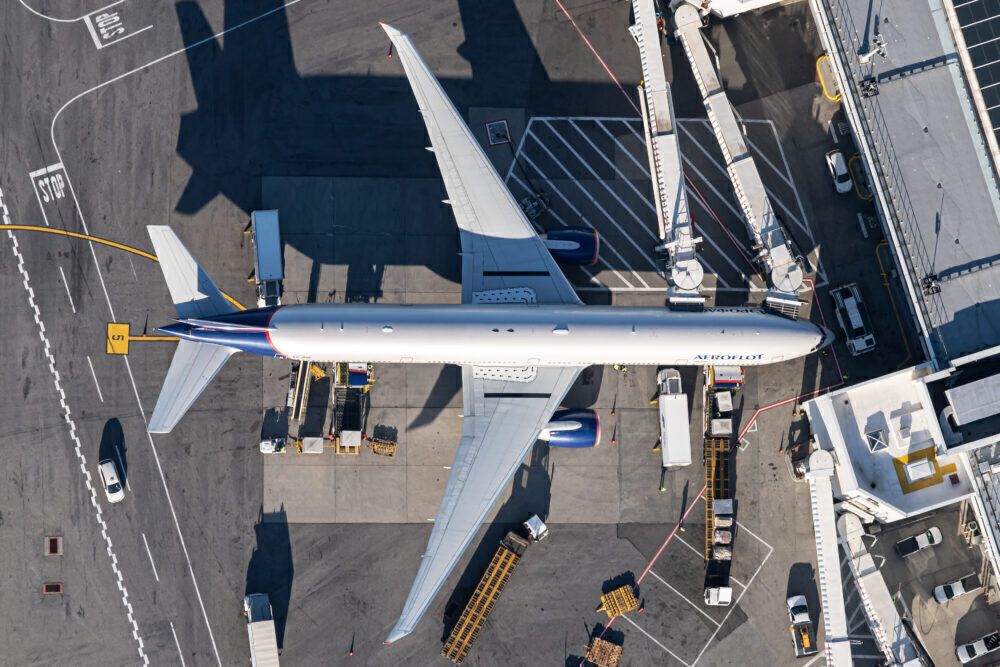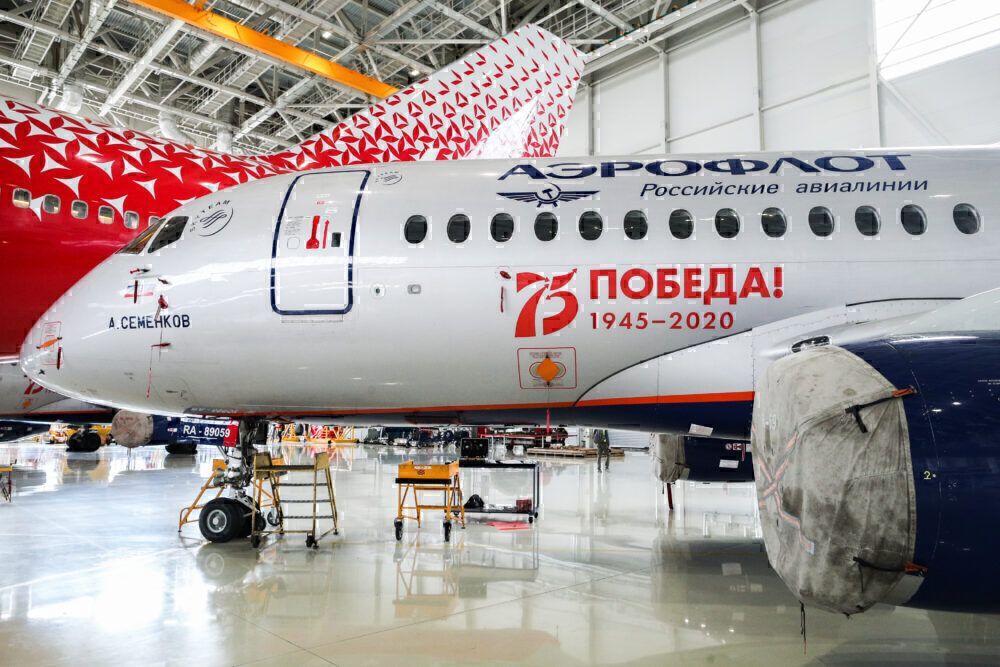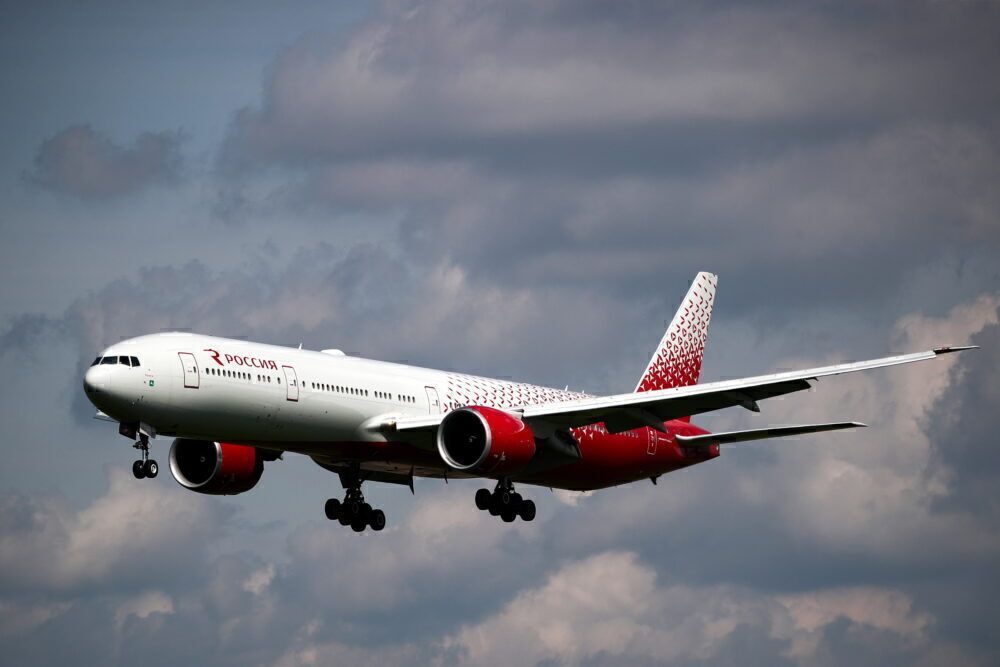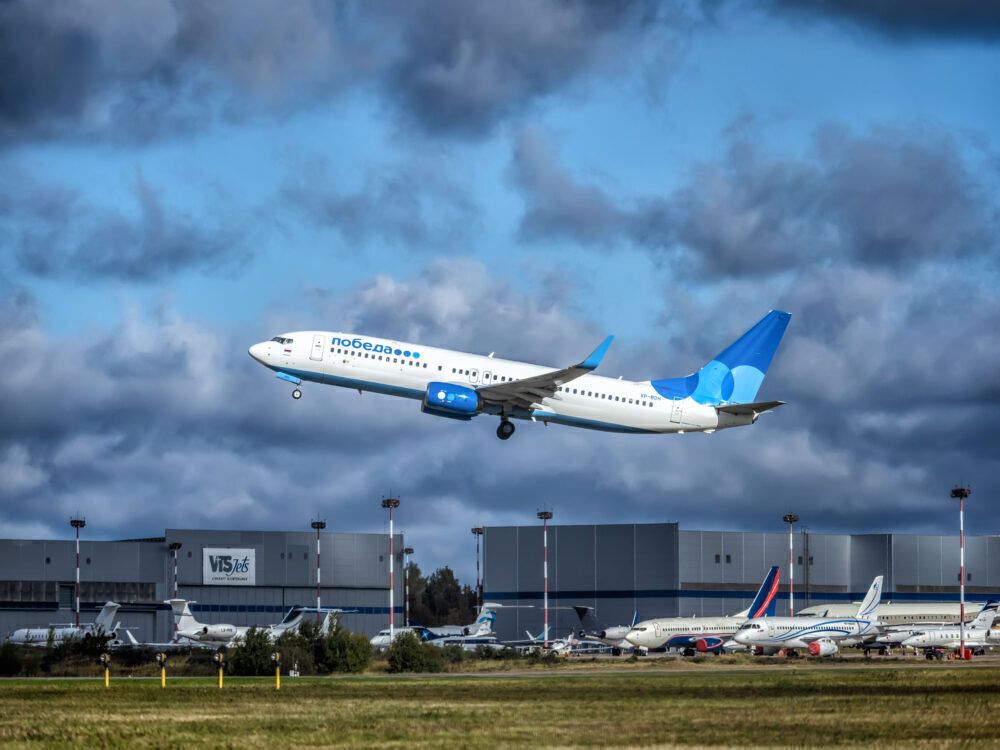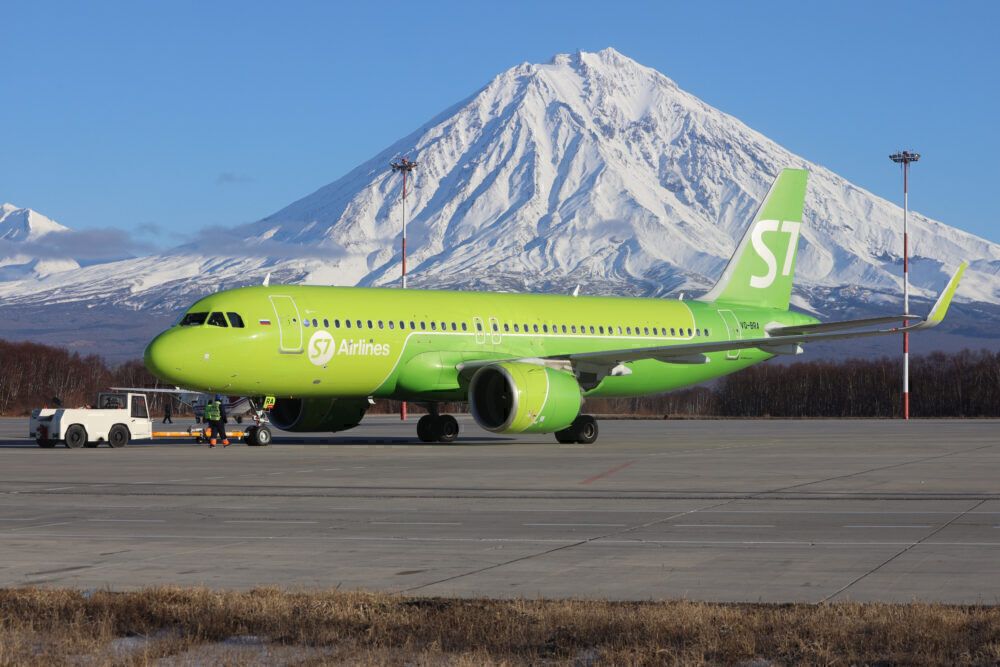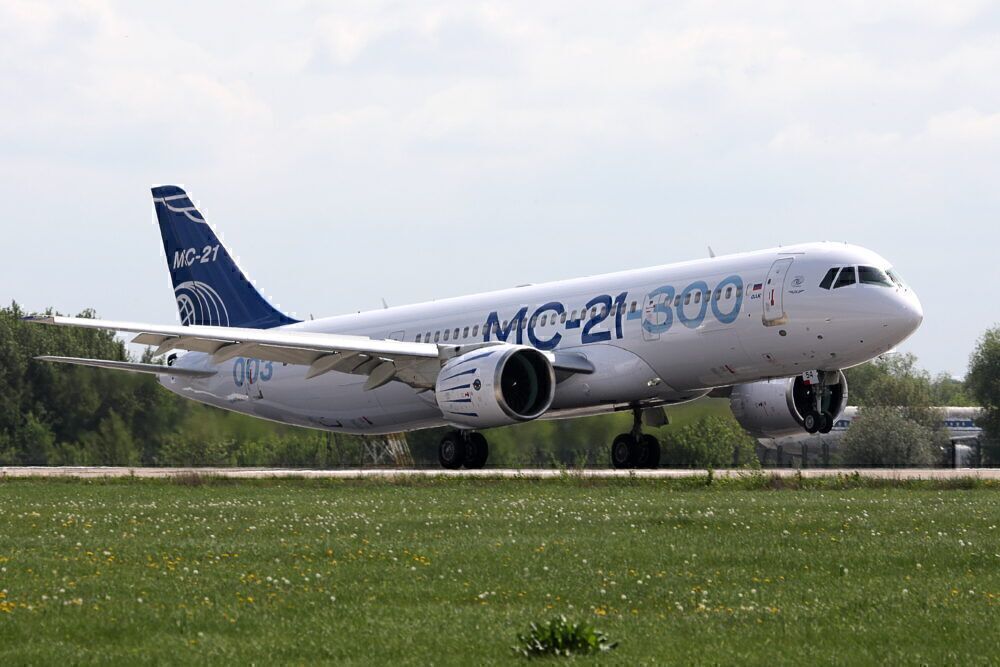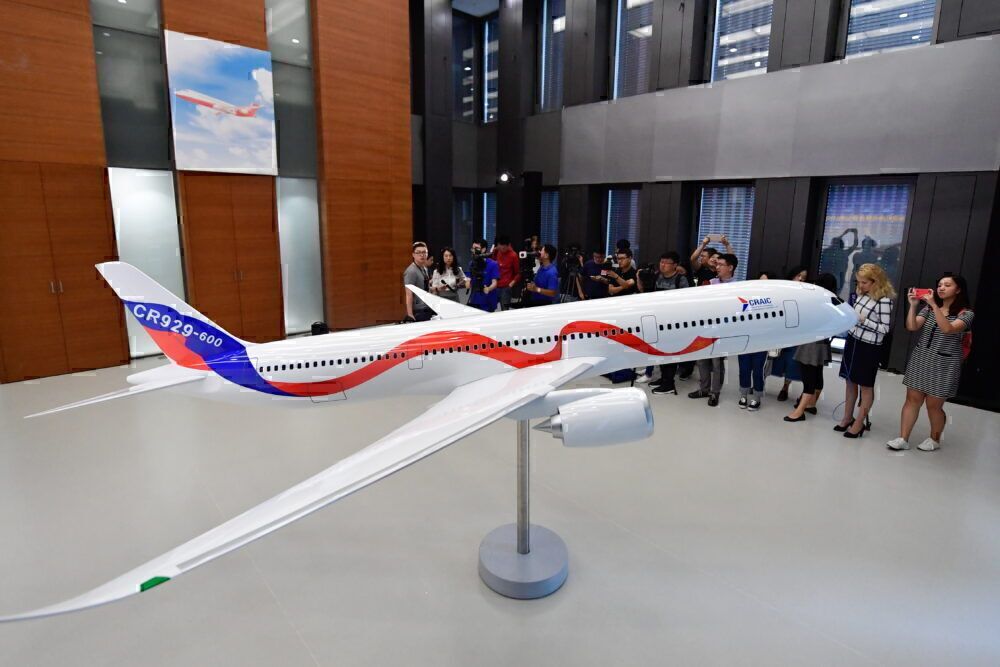From the first Soviet civil carrier DOBROLET to winning the supersonic passenger plane race; from a domestic market with among the fastest post-COVID recoveries worldwide to new narrowbody aircraft that could challenge the A320 and the 737 - Russian aviation history is as rich as it is fascinating. But who exactly are Russia's main aviation players today?
Airlines
The official date of birth of Russian civil aviation is considered to be February 9th, 1923. The Labour and Defence Council of the USSR issued a resolution titled 'On empowering the Central Air Fleet Administration to handle technical supervision over airlines and on founding the Civil Aviation Council'. Fortunately, it settled for an abbreviation of 'The Russian Society for Voluntary Air Fleet', and DOBOROLET was born.
The airline's first international service was inaugurated on May 1st, 1922, between Moscow and Konigsberg, which was part of Germany at the time (it is now called Kaliningrad, located in a Russian enclave on the Baltic Sea). In 1932, the state-owned airline was renamed Aeroflot.
Stay informed: Sign up for our daily and weekly aviation news digests.
Aeroflot
While previously synonymous with poor safety records and accidents - in 1973 alone, there were 27 incidents and 780 deaths - Aeroflot is now rated one of the safest airlines in the world. The number of accidents is perhaps less surprising when one considers that it was almost the sole carrier throughout the entire Soviet Union.
During the 1970 summer holiday season, it was carrying 400,000 passengers per day. By comparison, in 2019, Aeroflot carried a total of 37.2 million passengers. When including subsidiaries, the number was 60.7 million.
Its all-Soviet fleet may also be part of the explanation. Aeroflot spent its first 70 years operating only Soviet-built aircraft. It wasn't until 1992, one year after the collapse of the USSR, that the airline began operating foreign jetliners. Throughout the second half of the year, it took delivery of four Airbus A310s. A couple of years later, it acquired Boeing 767-300s.
Today, Aeroflot operates a mixed fleet of 198 planes. The airline still officially owns 31 domestically produced Sukhoi Superjet 100s, but these will transfer to its sister carrier Rossiya Russian Airlines as part of the Group's 30/30 strategy.
According to 30/30, the Aeroflot Group's target is to carry 130 million passengers by 2028. It also intends to grow its overall fleet to 600 aircraft. As many as 235 of these will be Russian-built. Aeroflot will focus on premium and long-haul routes, Rossiya on domestic services, and Pobeda will fly medium-haul.
Babyflots
Following the collapse of the Soviet Union in 1991, former Soviet republics and regions in Russia began forming their own airlines, nicknamed 'babyflots'. The massive financial upheaval during the dissolution led to a 50% GDP drop by 1995. Many of the new carriers were under-resourced, making do with aging fleets of Tupolev, Antonov, and Ilyushin aircraft, which led to numerous crashes and a poor reputation for the industry.
Rossiya and Pobeda
One airline that had been around for much longer, however, is Saint Petersburg-based Rossiya Russian Airlines. Founded in 1934 in what was at the time Leningrad, the airline was brought into the federal fold and the Aeroflot Group in February 2010. It was later merged with smaller regional carriers Donavia and Orenair and now operates a fleet of 79 aircraft, including 26 Sukhoi Superjet 100s.
Russia's first successful low-cost carrier is also a subsidiary of the Aeroflot Group. Pobeda, meaning 'Victory,' was founded a little over six years ago and commenced operations on December 1st, 2014. Taking note of other successful budget airlines' playbooks, Pobeda operates a fleet of 39 Boeing 737-800s. The carrier even managed to emerge victorious from the past twelve months, increasing its revenue passenger kilometers.
S7 Siberian Airlines
The main contender to the Aeroflot Group is S7. The formerly state-run airline was privatized in 1994 as Siberia Airlines. In 2001, it merged with Vnukovo Airlines and Baikal Airlines. Three years later, it continued on its path of consolidation and took over Chelyabinsk Airlines and Enkor.
In 2019, S7 and its easily recognizable bright green livery was Russia's second-largest airline. It has bases at Moscow Domodedovo and Novosibirsk Tolmachevo Airport and operates a fleet of 104 aircraft.
Other privately owned airlines to note are Ural Airlines, based in Ekaterinburg and carrying nine million passengers in 2018 on a fleet of 49 aircraft. Utair Airlines, with its fleet of 57 aircraft based at Moscow's Vnukovo and Surgut International Airport in Khanty-Mansi, transferred eight million customers in 2018.
United Aircraft Corporation
Six civilian and military planemakers survived the turbulence of transitioning from the Soviet system in the 1990s. In 2006, Vladimir Putin signed a presidential decree bringing them together under the auspices of the United Aircraft Corporation (UAC).
Tupolev, first founded in 1922 as the Tupolev Design Bureau, has designed over 100 models of civilian and military aircraft. These include the Tu-160 'White Swan' bomber, the largest and heaviest Mach 2+ supersonic military aircraft ever built, the Tu-104, the second twinjet to enter regular service after the de Havilland Comet, and the Tu-144, the world's first commercial supersonic aircraft. Today, it focuses on missile carrier bombers and special-purpose aircraft.
Ilyushin was founded in 1933. It produced the first Soviet widebody jetliner, the Il-86, which took its first flight in 1976. There have been talks of a new widebody aircraft from the company, an update of its Ilyushin 96 that would go under the name of Il-96-400M. However, it seems the 400-seater quadjet will not enter into production after all.
One company within the AOC that is producing civil aircraft meanwhile is Irkut. In 2018, the Russian government transferred airliner manufacturing from Sukhoi to Irkut. The company continues to build regional airplane Sukhoi Superjet 100, which has a total number of orders of just over 300. The other planemakers to merge into the UAC were Mikoyan (MiG) and Yakovlev.
The Irkut MC-21
Perhaps more interesting than the Sukhoi Superjet is the Irkut MC-21. The program, meant to compete with the Airbus A320 and Boeing 737 family aircraft, was first launched in 2007. Entry into service was scheduled for 2016. This proved somewhat optimistic, and the MC-21 only took its first flight in 2017.
It will come in two variants, the standard MC-21-300 and the shorter fuselage MC-21-200. The design is based on the never-realized Yakovlev Yak-242, and it comes with a Russian-built engine option for the Aviadvigatel PD-14.
Thus far, Irkut has received orders for 175 of the new jet. Fifty of these will go to the Aeroflot Group. Of the remaining, all but ten destined for Azerbaijan Airlines will also go to Russian airlines or domestic aircraft leasing companies.
The CR929
Russia is also part of the China-Russia Commercial Aircraft International Corporation (CRAIC), a joint venture between the two countries launched in 2017. Its goal is to produce a widebody jetliner to take up the competition with the duopoly of Airbus and Boeing, aiming for a 10% market share. The latest news is that there will be three versions of the CR929. The first was intended to launch in 2025, although there are some doubts about the timeline.
What is your favorite part about the Russian aviation industry? Leave a comment below and let us know.

